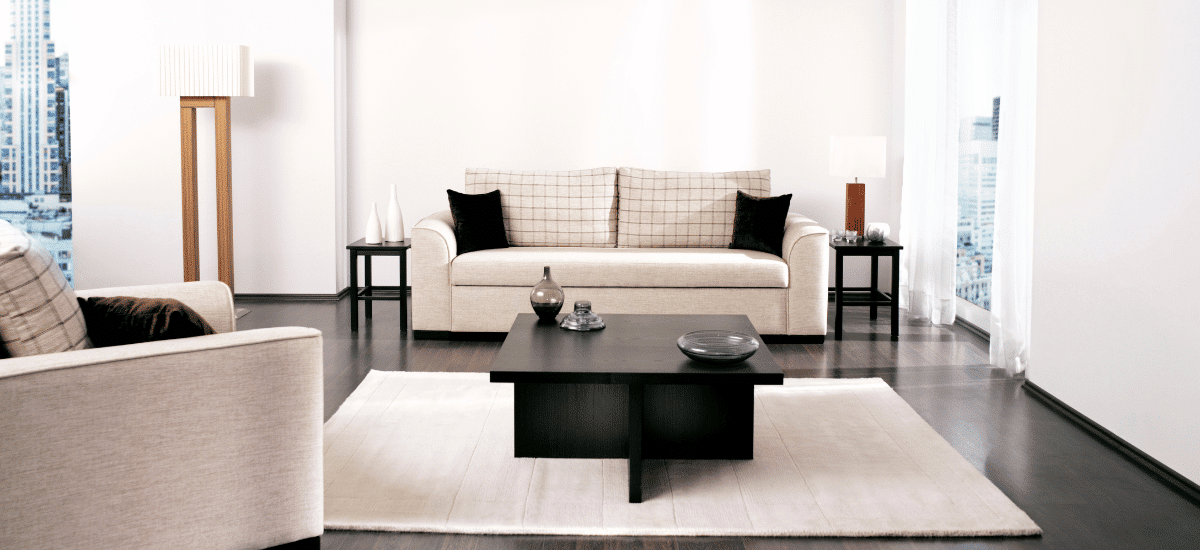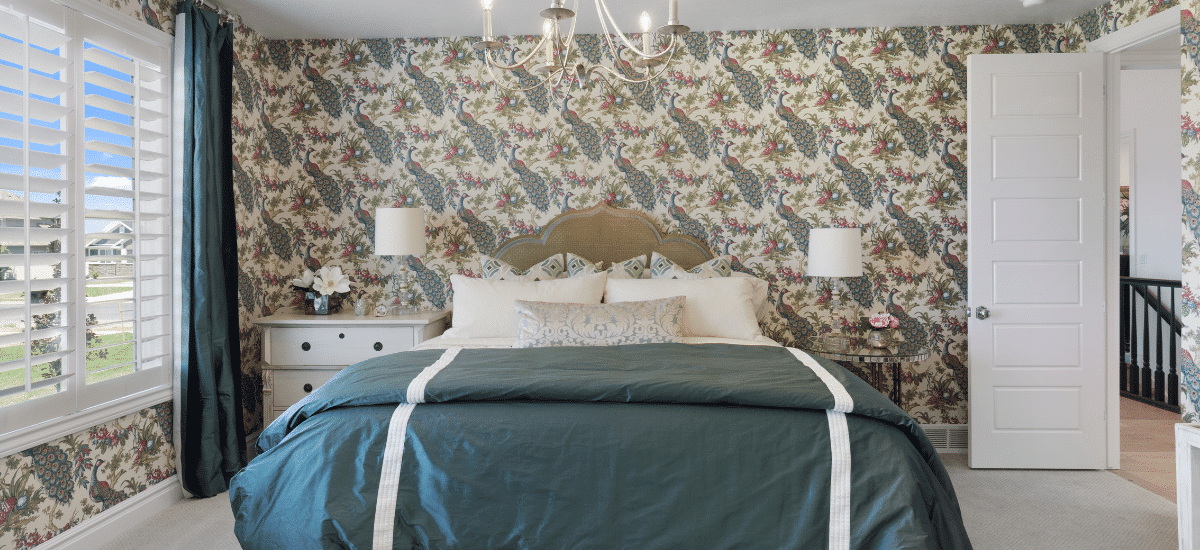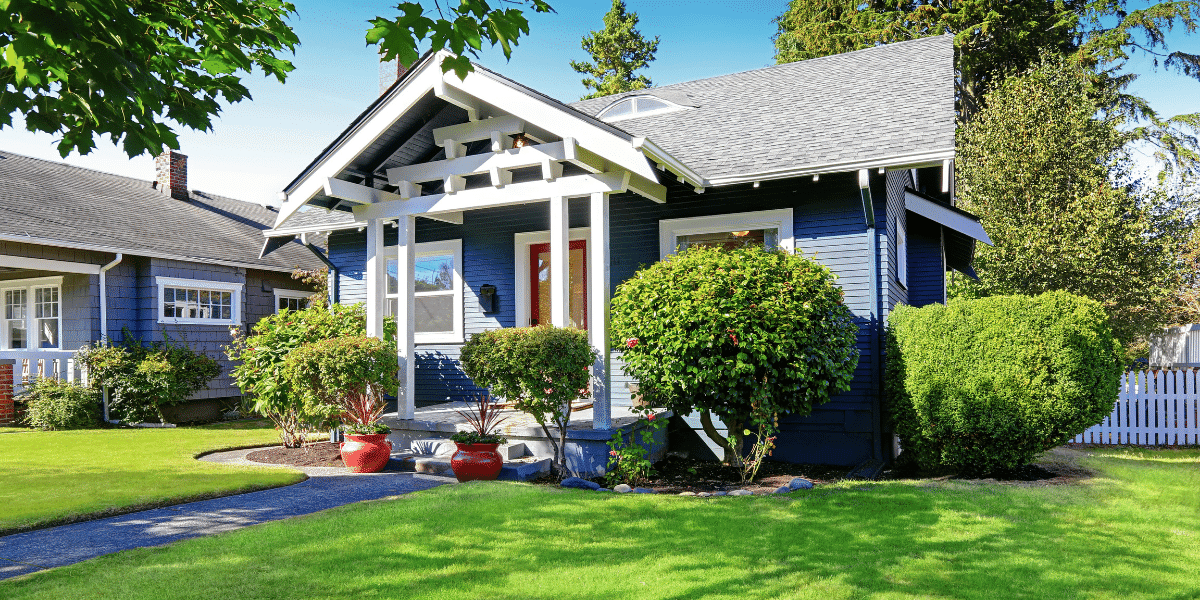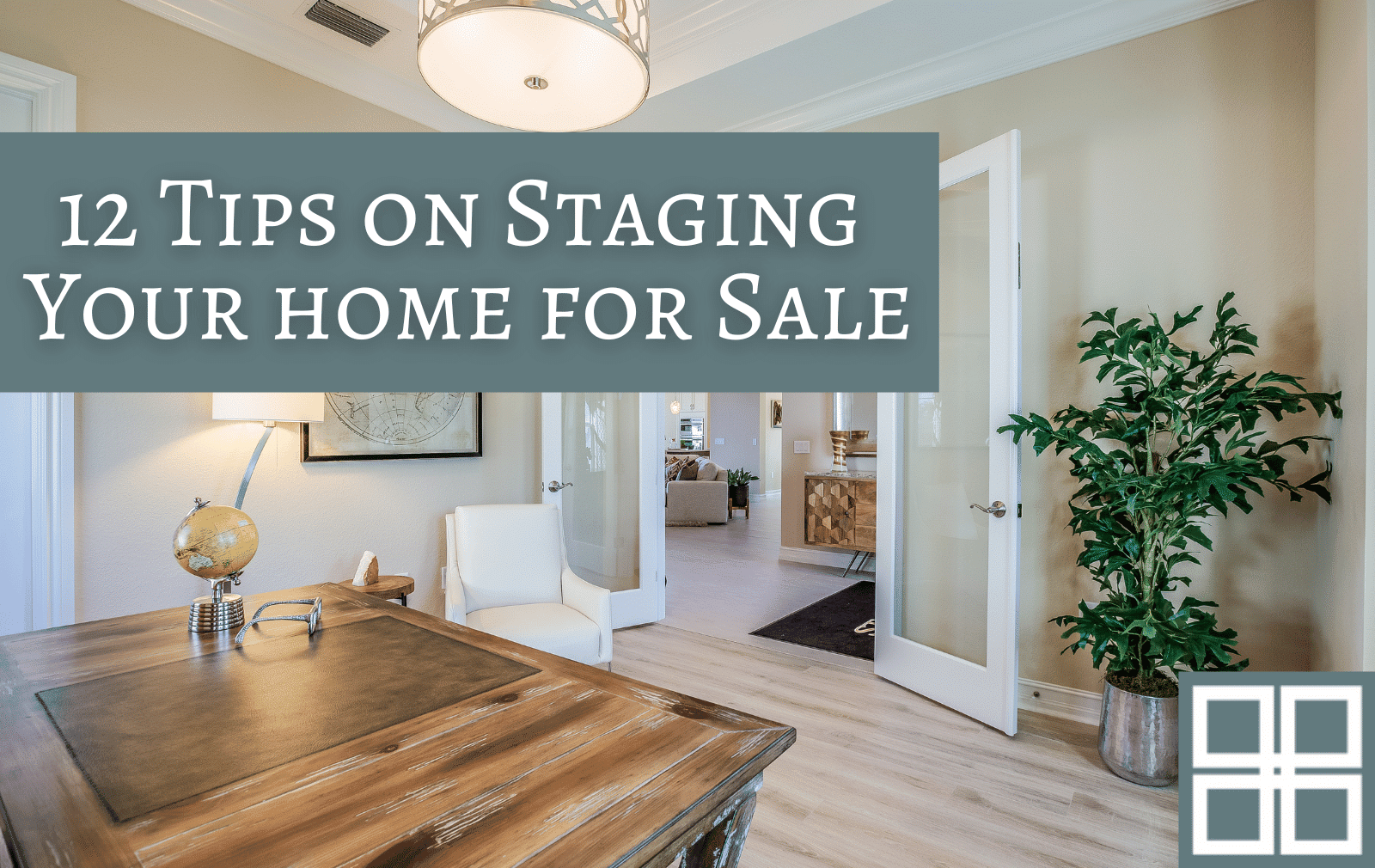12 Tips on How to Stage Your Home for Sale
When selling your home, staging is one of the most important ways of getting it ready for the market. Staging is a way to show off a home’s most important assets and impress buyers. It can also help you sell your property quickly and for the best price.
You’ll have an edge if you choose to stage your home, as not all sellers do. So, with that in mind, here’s how to stage a house for sale.
What is staging?
Staging is one of the most important steps to selling a house. Good staging is a form of visual merchandising that draws upon the fundamentals of interior design.
However, home staging is not the same as decorating. While decorating is about personal style, staging your home should make it appealing to the largest number of potential buyers.
When staging is done properly, it allows buyers to imagine themselves in the home. It shows off the best features of the home and hides its weaknesses. It creates a mood, which stagers call “emotional staging”, and improves the home’s appearance in photos.
Why is home staging important?
A home sale is a major financial transaction, and staging helps sell your home fast and for the best price. It helps buyers feel more connected to the property, and imagine it as their future home.
Staging helps potential buyers focus on the benefits of the home instead of focusing on any negatives. They may offer less money, or worse, not buy the house if they see too many potential problems.
How staging affects the time on market time and price
According to the National Association of Realtors, almost 50% of agents say staging affects the buyer’s view of a property. Additionally, over 80% of agents said staging helps buyers visualize the home as their own. As you can see, real estate agents agree on just how important staging is.
The past year has seen a shift in how homes are staged. DIY staging is becoming more popular than hiring professional home stagers. One reason for this is the reduction in overall home staging cost.
In today’s digital age, staging before the home is listed has become more important. A staged home looks better in photos and most buyers start by searching homes for sale online.

12 Tips for staging your home
The level of staging you choose for your home will depend on how much time and money you have available. Use the following techniques in all rooms of your house.
1. Clean the home thoroughly
Well cleaned homes show potential buyers you have taken care of the property. You should clean all areas of the home, including the floors and ceilings.
Make sure you clean appliances in your kitchen to make them shine. Also, your bathrooms should sparkle. The aim is to make everything appear as new as you possibly can.
2. Declutter
Two major problems are caused by clutter. It distracts potential buyers from the home’s best features and makes the home appear smaller.
It’s time to get rid of any items you no longer use on a daily basis or just don’t need. The more empty storage space you have the better.
An added bonus of this is that it will help make your move easier.
3. Depersonalize
Buyers must be able to see themselves in your home. Take away family photos, keepsakes, refrigerator art, and other personal items. As much as possible, put clothes away and empty the bathrooms (except for the soap and toilet paper).
Also, get rid of all toys and other items that are personal to you and your family.
4. Freshen up
Potted plants can make your home look fresh and welcoming. If you have many plants, make sure there are not too many in one place.
You should get rid of unpleasant odors to freshen up your home. Your home can smell from pets, children, the last dinner, or damp bathrooms.
Scented candles and essential oils are great ways to help with unwanted scents. However, you’ll want to avoid overdoing it, or using anything too strong or musky.
Additionally, you can opt for freshly cut flowers or herbs. Again, use sparingly and with caution as not everyone is a fan of certain scents.
While this might go without saying, don’t forget about the trash!
5. Define the rooms
Each room should have a clear purpose. This will allow buyers to see the potential for maximizing their home’s square footage.
You can turn a finished attic into a home office. You can transform a basement into an entertainment area or a junk room into a guest room.
Even if they don’t intend to use the space for that purpose, it’s important for them to recognize that every inch of their home can be used. This includes corners, windows, alcoves, and breakfast nooks.

6. Wallpaper and paint
Wallpaper is unlikely to be desired by someone interested in buying a home. It is best to remove the wallpaper and paint the walls in a neutral color. You should not paint over wallpaper as it can look unfinished and signal to buyers about any work that may be required.
Custom paint colors may not be a popular choice for potential buyers either. While you may love the orange bathroom, people have very different tastes and preferences when it comes to color. White walls might seem ideal as they give buyers a blank canvas that allows them to design their décor. Although, it may be better to paint your house with warm, neutral colors.
7. Flooring
Nobody wants to live in a house with stained, dirty carpets. Linoleum looks old and cheap. Hardwood floors are expensive, but they add elegance and value to a home. They are easy to maintain, offer great value over time, and are ideal for those with allergies.
If you plan to install hardwood floors, your primary focus should be on the common areas such as the living and dining rooms, kitchen, and bathroom. You should also consider upgrading the bathrooms. Ceramic tile or stone is best for bathrooms and kitchens. Vinyl tiles with high-quality imitations of these materials can be used if you cannot afford the real thing.
8. Lighting
Make the most of your home’s natural lighting. When showing your home, open all blinds and curtains. If necessary, add fixtures and turn on all lights (including those in the closets) for showings. It makes your home look brighter and more welcoming, and saves buyers the hassle of searching for light switches.
If you feel your fixtures are in good condition, dust them off and remove any dirt. If your light fixtures are broken or outdated, they can be easily and inexpensively replaced.
9. Furniture
It is important to ensure that furniture is appropriate for the space and not overcrowd the room. Furniture that is too large for the room will make the room appear smaller. A space with too few furnishings may feel cold.
Don’t buy cheap furniture. If necessary, you may be able to rent furniture to stage your house. You should ensure that your furniture is clean, neat, and welcoming. Throw pillows can be used to add color and contrast.
It is important to arrange furniture so that each room feels spacious, comfortable, and easily accessible. For example, in the living room, you should arrange your seating so that it creates a cozy conversation area.
10. Ceilings and walls
Buyers should be wary of cracks in the ceiling or walls as they could indicate foundation problems. You will need to fix foundation problems in your home or notify potential buyers. Selling the house would be easier if foundation problems were fixed or non-existent.
If the foundation only looks bad but has been deemed sound by an inspector, repair the cracks so you don’t scare off buyers for no good reason.

11. The exterior
Because they have a significant impact on a buyer’s first impression, the exterior and entryway are important. The curb appeal can even influence a buyer’s desire to view the interior of the house.
Take care of your grass, hedges, trees, or other plants. Also, get rid of any weeds. To brighten windows even further, wash them well. Power washing your exterior can give it a fresh look at a fraction of the cost of new paint.
Clear and clean the walkway leading to your house and your front door. Also, make sure you have new doormats for both the front and rear doors. If the house has a pool, make sure the water is crystal clear by keeping it clean. Another way to make your exterior stand out is to create an outdoor living space, such as a patio or deck with outdoor furniture.
12. Final touches
Make sure your staging is perfect before an open house or showing. Add a few touches to make the home feel warm and inviting. Fresh flowers should be placed in vases.
Let fresh air circulate in the home for at least ten mins before so it doesn’t feel stuffy. Light a few candles with soft, subtle scents. Finally, put fresh towels in the bathrooms.
What are the advantages of home staging?
A home that has been well staged usually sells faster than one that isn’t. When a potential buyer walks into a well-staged home, they can easily imagine their lives there. This is even more true if you are staging an open floor plan.
If a home is not properly staged, a buyer will have to be able to see past the possessions of the seller and use more imagination. Online listings will show better when a home has been properly staged. This helps to sell the property faster and for more money.
What is the cost of home staging?
According to NAR’s 2021 Profile on Home Staging Report, the median amount spent on staging a home was $1,500 when using a home staging professional. That number dropped to $300 if the seller handled the task.
Of course, these are simply the median numbers and several factors can influence cost. Also, you can always spend more if you believe the additional expense will result in a higher sales price. The best way to determine that is by consulting your Realtor.
The bottom line
While staging is extremely important, you never want to go overboard with your spending. Remember, it’s about highlighting the best aspects of your home to attract potential buyers. It’s not about preparing it for the next owners.
To get the best bang for your buck, you should make your home appealing to as many buyers as possible. Generally speaking, the more offers you get the higher your home’s selling price will be.
As Savannah Realtors, we know the difference proper staging can make and we’re here to help you through the entire sale process.
Whether you’re looking to buy or sell a Savannah area home, reach out to us to discuss how we can help make it happen.









